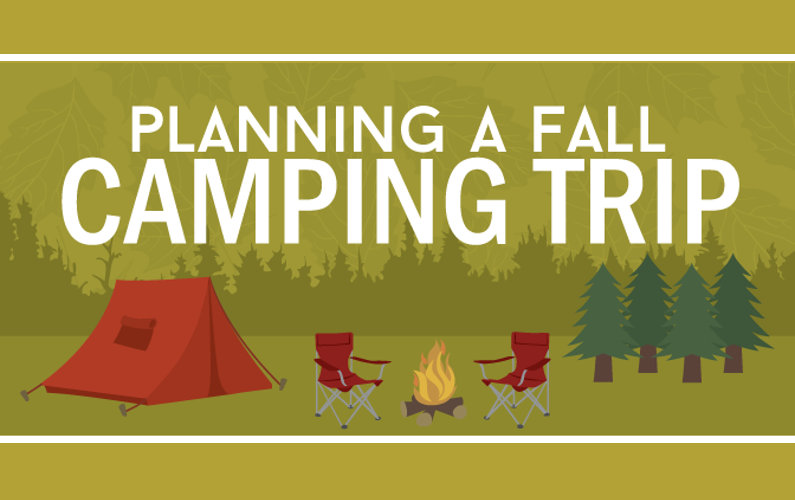Catching amazing photographs of the night sky needs cautious preparation. Examining the weather prediction for clear skies is crucial, as is knowing what time the moon climbs and establishes.
Are poly cotton tents worth the money?
Begin by readjusting your cam to manual capturing setting. Take a number of examination shots with different ISO, aperture and shutter rate settings to see what functions best.
Cam
A basic DSLR cam with a wide lens works well for night-sky images, but any type of camera with a big sensing unit and a manual emphasis setup ought to function. The vital part is that the cam can be set to shoot in RAW layout, which allows for maximum adaptability when editing.
Depending upon the wanted effect, you might intend to take several exposures and afterwards merge them in post-processing. This can be useful if you're firing both a foreground object (like a lake, tree, car or a structure) and the night sky and need to expose each at various settings.
You can additionally try out long-exposure shots that show celebrity trails. This can be accomplished by centering your structure on the North Star and making use of a shutter speed lasting for numerous minutes. This develops fantastic arcs and vortex-like circles of light around your subject. It can be time consuming, however the results are sensational!
Lens
One of the most essential factors in evening sky photography is choosing the appropriate lens. A high resolution, vast angle lens will aid you catch as lots of celebrities and the moon in your picture as feasible.
You will certainly also need a tripod to prevent camera shake during long exposures. It is additionally advised to shoot in RAW setting, which will provide you a lot more latitude in post-processing.
Another element is timing. It is best to prepare for when the Galaxy will certainly rise or set depending upon your place. There are several applications and internet sites to help with this consisting of PhotoPills.
Ultimately, it is good to have a fascinating foreground in your photo to add deepness and contrast. Making use of intriguing rock developments, buildings and even people can add a sense of scale to your picture and make it much more impactful. Your structure ought to also follow basic photographic principles, such as the rule of thirds and locating top lines.
Shutter Rate
The shutter is the part of your electronic camera that sits in front of the photo sensing unit and opens up and near to tape-record an exposure. Its rate influences just how much light your photo receives-- the faster it is, the much less light enters.
A slower shutter speed allows extra light in, yet likewise blurs any activity that occurs during the exposure, which serves for catching star trails and various other impacts such as a lengthy exposure to create a beautiful evening skies.
With the best equipment, it's feasible to generate pictures that are practically as bright as daytime and still have the ability to record vibrant details of the Galaxy and celebrities. For maximum quality, attempt to get as away from communities and cities as possible and examine web sites such as this one for cloud maps and dark skies.
ISO
Selecting an ISO setting is nice tents a critical action in evening sky photography. The higher the ISO worth, the more delicate your camera will certainly be to light and the brighter your picture will be. However, if you go expensive, the noise in your photo will certainly be as well prominent.
A great beginning factor is to establish your camera to a low ISO of 800, then take an examination shot. If this image is also dark, enhance the ISO one stop at a time until you have an acceptable image.
Foreground shots in night skies pictures require a lot longer direct exposure times than the stars, so you'll want to utilize a tripod. To further stabilize your video camera, utilize the remote shutter release to prevent any kind of drinking triggered by pushing the switch on your own. Also, keep in mind to keep your lens in Handbook Focus setting. This will aid you to maintain the very same focal length throughout your shoot. The Rule of Thirds is a crucial policy for composing evening sky images, assisting to equilibrium and merge your images.
What is the lightest weight tent?
